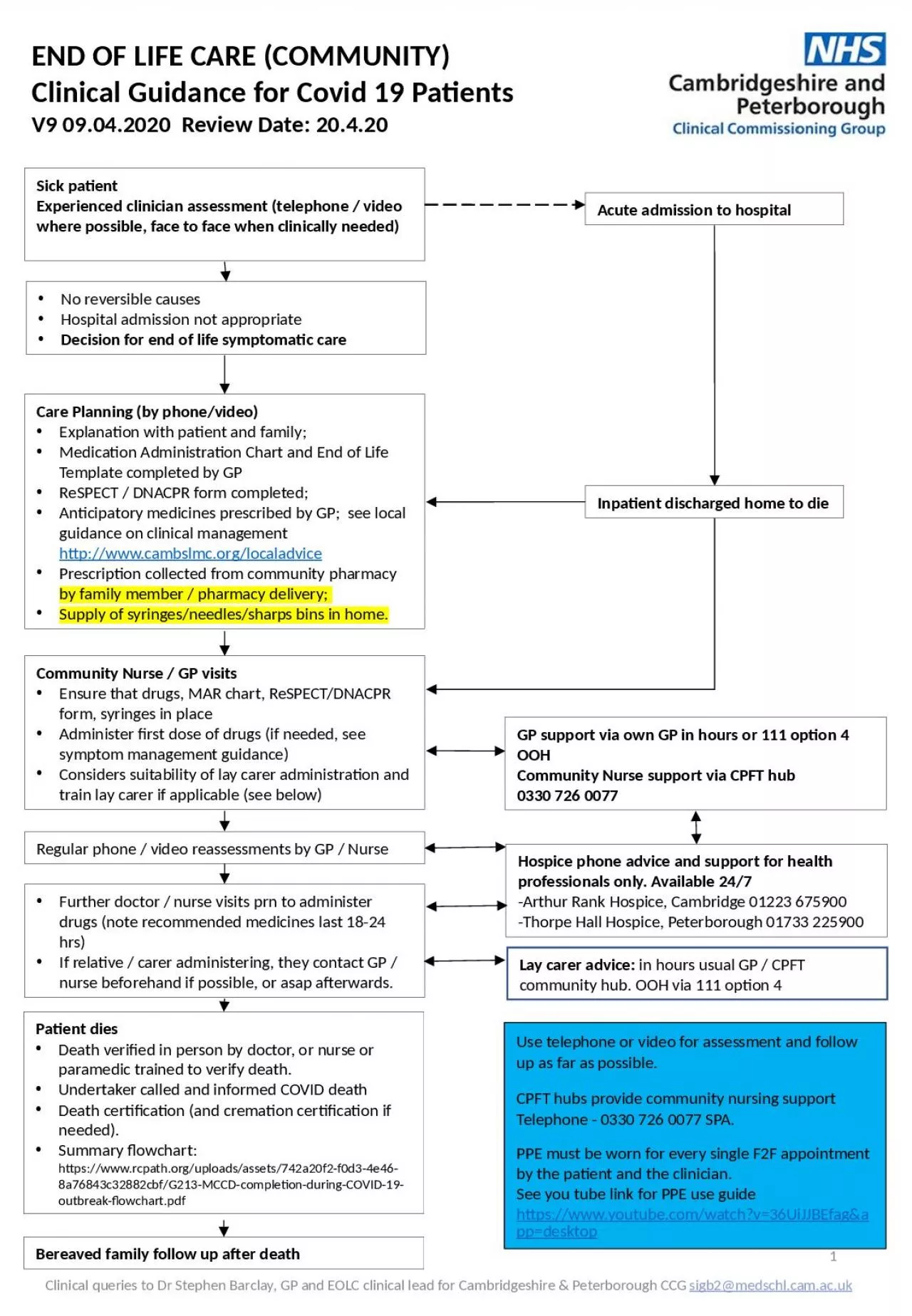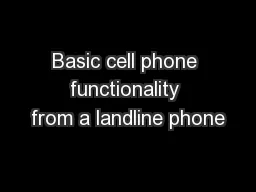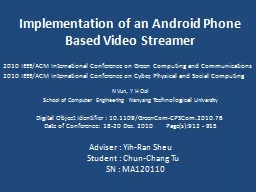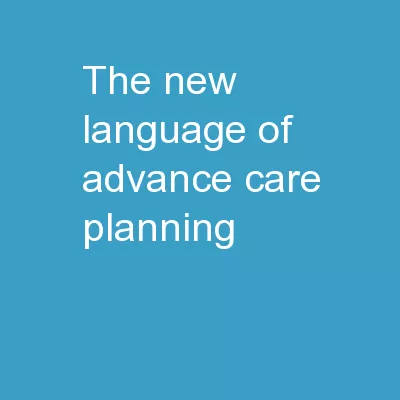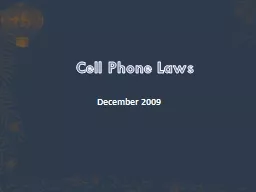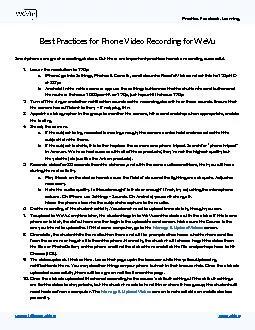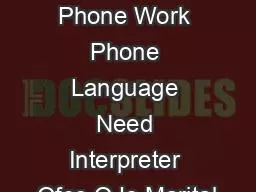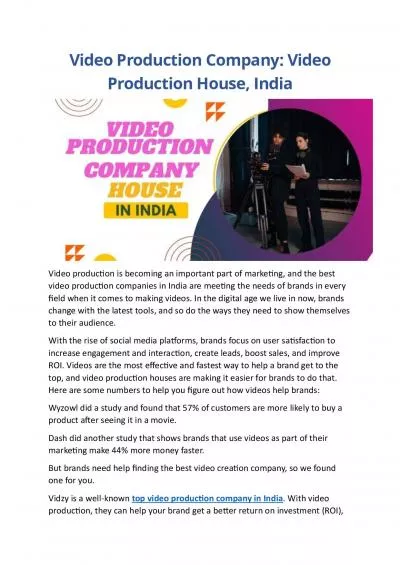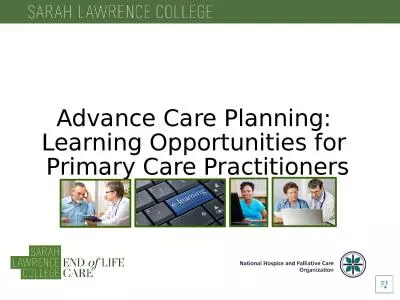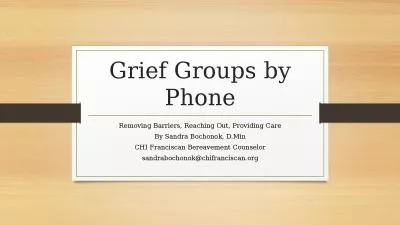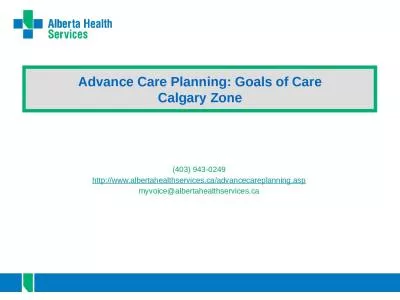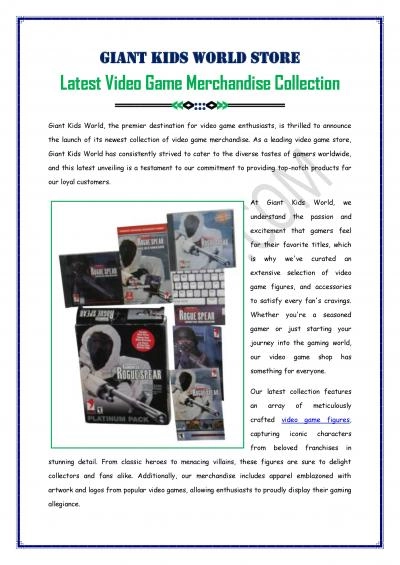PPT-Care Planning (by phone/video)
Author : ashley | Published Date : 2024-03-15
Explanation with patient and family Medication Administration Chart and End of Life Template completed by GP ReSPECT DNACPR form completed Anticipatory medicines
Presentation Embed Code
Download Presentation
Download Presentation The PPT/PDF document "Care Planning (by phone/video)" is the property of its rightful owner. Permission is granted to download and print the materials on this website for personal, non-commercial use only, and to display it on your personal computer provided you do not modify the materials and that you retain all copyright notices contained in the materials. By downloading content from our website, you accept the terms of this agreement.
Care Planning (by phone/video): Transcript
Download Rules Of Document
"Care Planning (by phone/video)"The content belongs to its owner. You may download and print it for personal use, without modification, and keep all copyright notices. By downloading, you agree to these terms.
Related Documents

